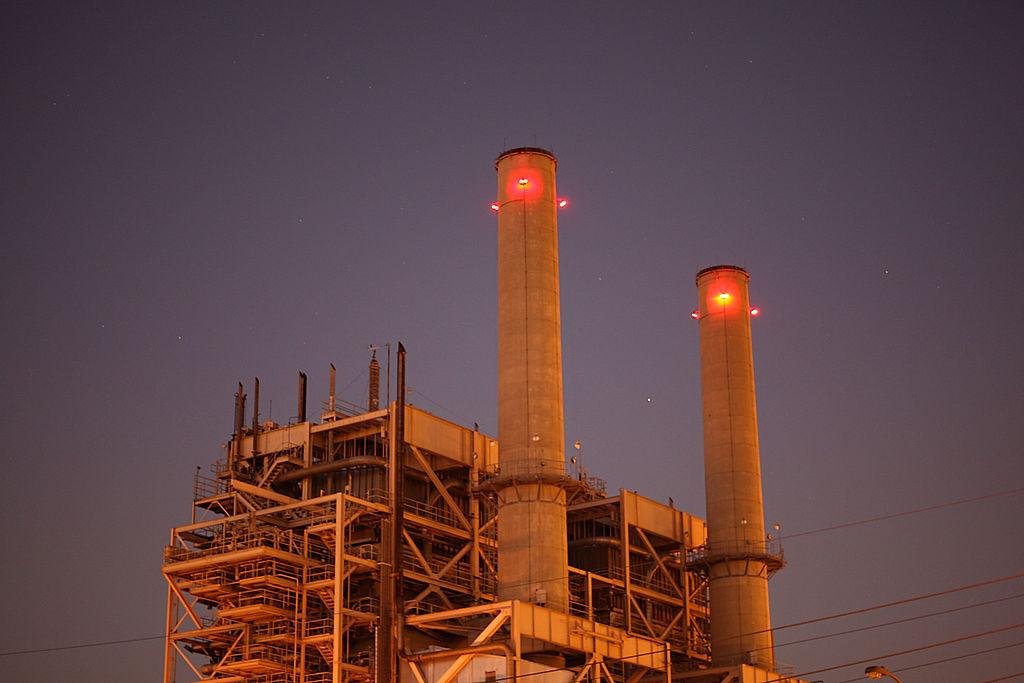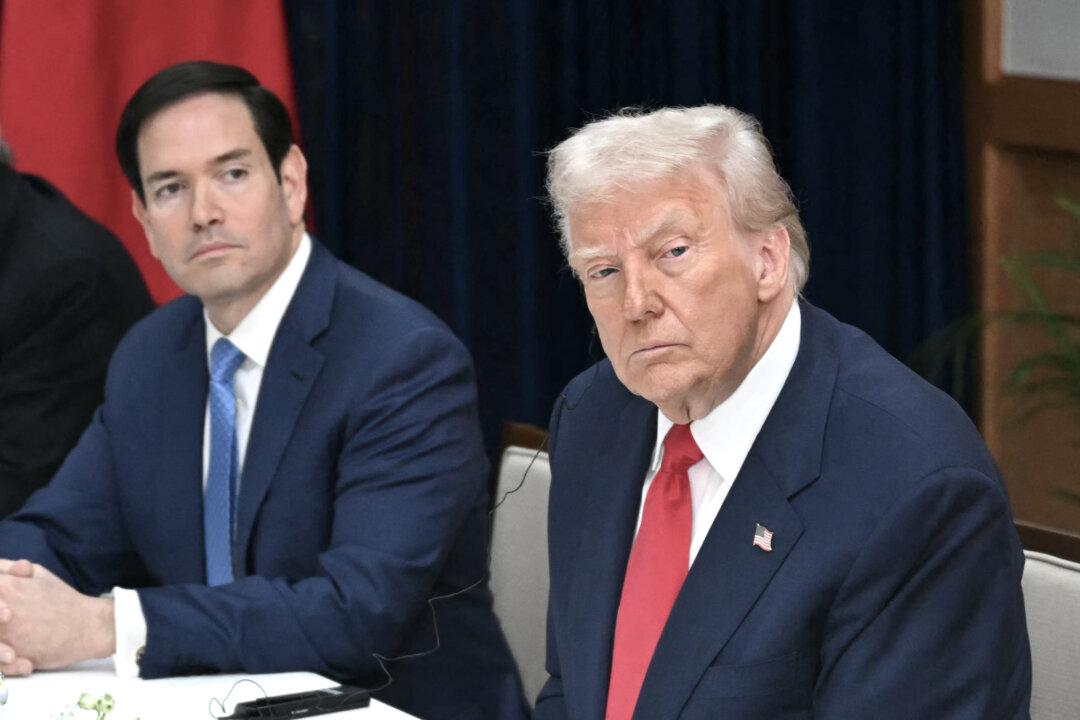The price of natural gas is trading at elevated levels as cold weather sweeps across the United States, triggering higher heating demand from consumers.
US Natural Gas Prices Trade High as Heating Needs Spike
In the Northeast region, wholesale gas prices have risen despite ample supply.

The AES Corporation 495-megawatt Alamitos natural gas-fired power station stands in Long Beach, Calif., on Oct. 1, 2009. David McNew/Getty Images




